Local
Coca-Cola announces first lucky winners in UEFA EURO 2024 promotion

The excitement continues as Coca-Cola Maldives reveals the latest winners of its UEFA EURO 2024 promotional campaign, offering football enthusiasts the chance to experience the Finals live in Berlin, Germany. Since 1988, Coca-Cola has partnered with every UEFA European Football Championship, providing fans with unforgettable experiences.
The lucky draw was conducted live on ICE TV, with the prizes presented by Amit Saini from Coca-Cola Maldives. These winners will enjoy the ultimate football experience, witnessing the UEFA EURO 2024 Final Match in Berlin with Coca-Cola’s renowned hospitality.
- Couple Ticket Winner #1: Moosa Jamil collecting on behalf of Aminath Shaheema
- Couple Ticket Winner #2: Ahmed Naseem
In addition to the couple ticket winners, Coca-Cola Maldives also handed out four smartphones to the first four winners, further adding to the excitement and celebration of the campaign.
Launched on May 1, 2024, this campaign celebrates Coca-Cola’s official partnership with UEFA EURO 2024. Featuring football-themed packaging, customers can participate by finding the six-digit code under the Cap (for PET bottles) or Tab (for cans) and sending it to 2626. The more codes sent, the higher the chances of winning.
Six couples will win a trip to the UEFA EURO 2024 final match, while others can win smartphones every other day and branded Premia daily. The campaign runs from May 1st to June 15th, 2024, with live draws on ICE TV which started from May 11, 2024.
Fans are encouraged to stay engaged and participate in the ongoing promotions for a chance to witness European football’s pinnacle event live.
Business
2 decades of culinary excellence: BBM’s founding legacy with Hotel Asia continues in 2025

Hotel Asia Exhibition and International Culinary Challenge is referred to be the hospitality industry event in the Maldives. In this year’s Culinary Challenge (19 to 22 October 2025) comprising competitions over 20 categories, most will take place at the Faculty of Hospitality and Tourism Studies, Maldives National University, and some at the Synthetic Track, Hulhumalé.
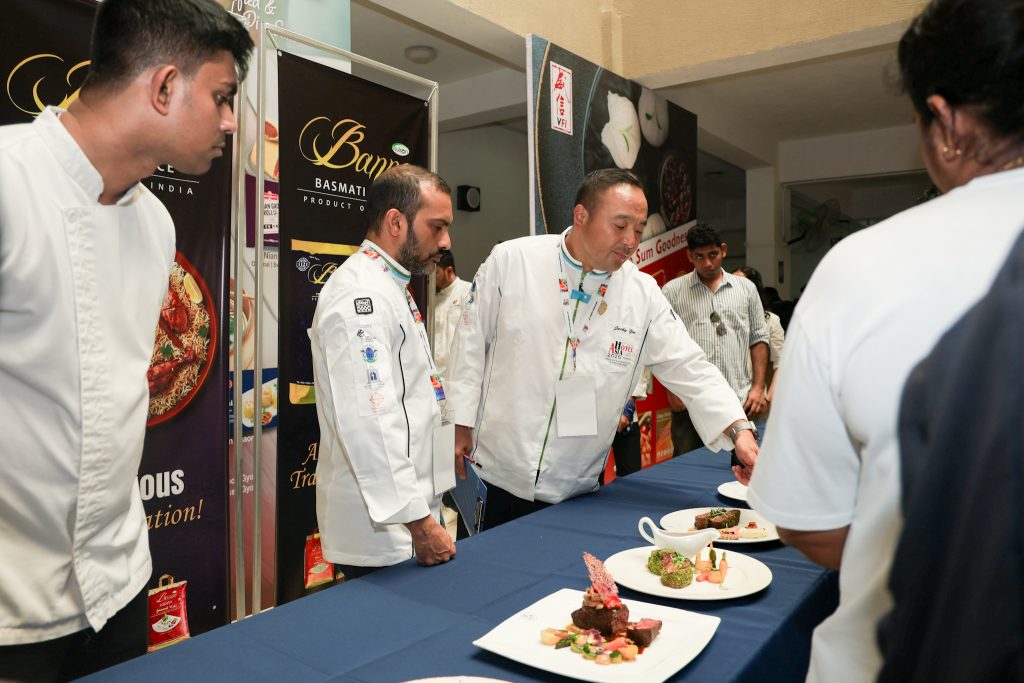
A Founding Partnership that Endures
Since the very first edition in 2001, Bestbuy Maldives (BBM) has played a central role in shaping the International Culinary Challenge into the Maldives’ most prestigious culinary platform. The event has become a cornerstone for professional development, bringing together chefs from across the Maldives to compete, learn, and showcase their craft.
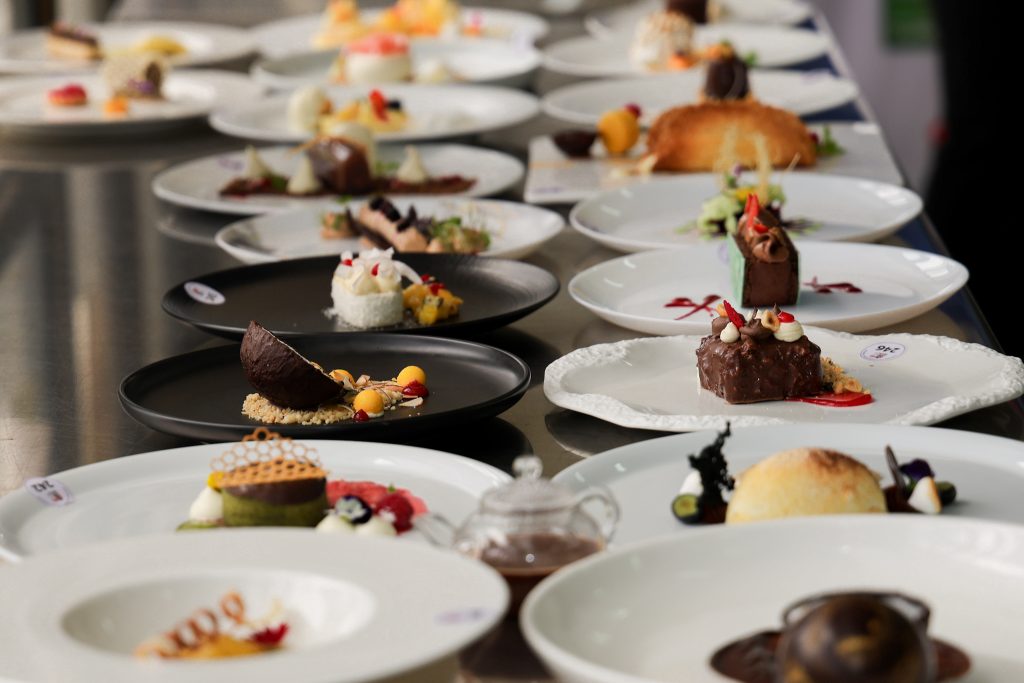
BBM and their associated Principals sponsor an overwhelming majority of categories. “From the beginning, our goal has been to create opportunities for Maldivian chefs to rise to global standards. This partnership has grown with the industry itself,” said A.V.S. Subrahmanyam, Chief Operating Officer of BBM.
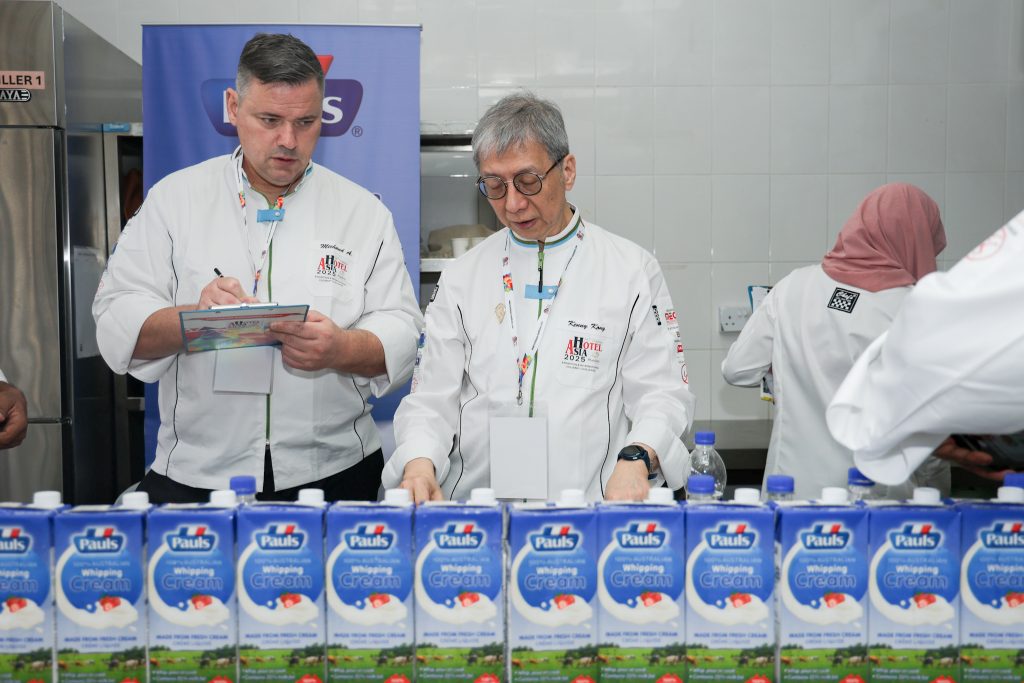
Nurturing Local Talent
BBM’s contribution extends beyond sponsorship. The company has built a long-term system for recognizing and developing local culinary talent.
- BBM Chairman’s Trophy for the Best Maldivian Competitor.
- Most Promising Young Chef Award for emerging talent.
- Global exposure programs for Maldivian chefs through sponsored participation in international events.
- Pro-bono Masterclasses with world-renowned chefs to encourage learning and innovation.
Investing in the Future of Hospitality
Through initiatives such as Building Young Talent, BBM continues to mentor aspiring professionals and support the next generation of chefs. The company also promotes inclusivity by sponsoring opportunities for female and young chefs to gain international exposure.
BBM’s industry partnerships include its role as Title Sponsor of the Hotelier Maldives Awards, celebrating excellence across the Maldivian hospitality sector.
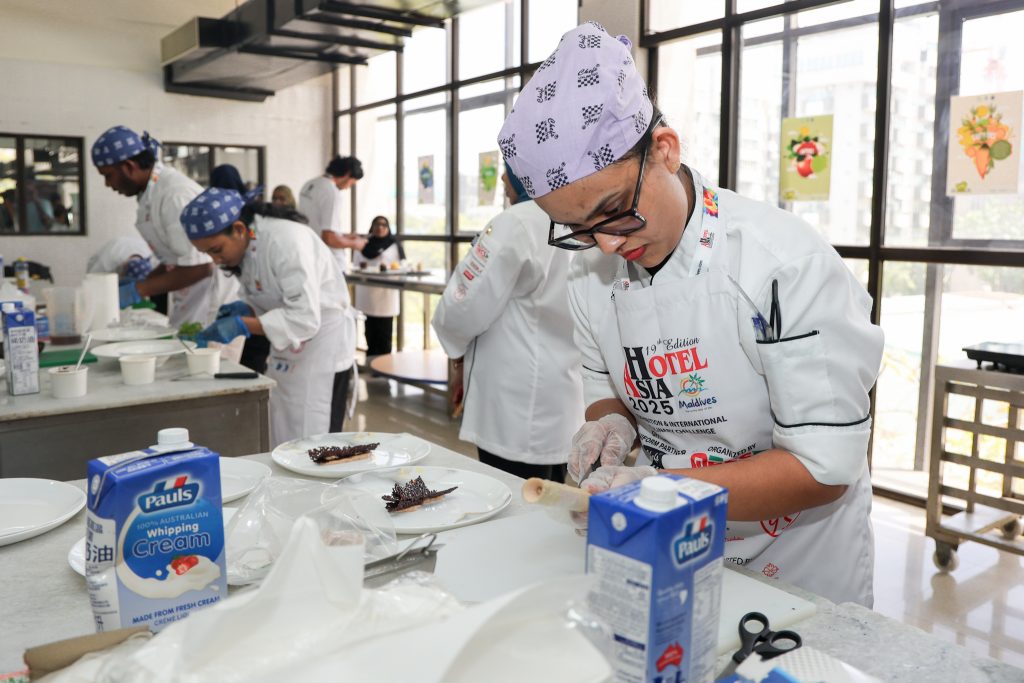
Proud Sponsors of Culinary Excellence
In 2025, BBM and its partner brands proudly sponsor 14 competition categories and 8 Main Awards, further strengthening their role in the development of culinary arts in the Maldives. Categories include Decorated Cake, Artistic Showpiece, Bread and Pastry Display, Three Desserts (Display), Desserts, Rice Dish, Asian Noodles, Team Challenge, Maldivian Dish, Creative Sandwich, Young Chef, Tea Challenge, tapas/finger food, and Iced Mocktail.
Business
Bestbuy Maldives, MNU forge partnership to advance hospitality education
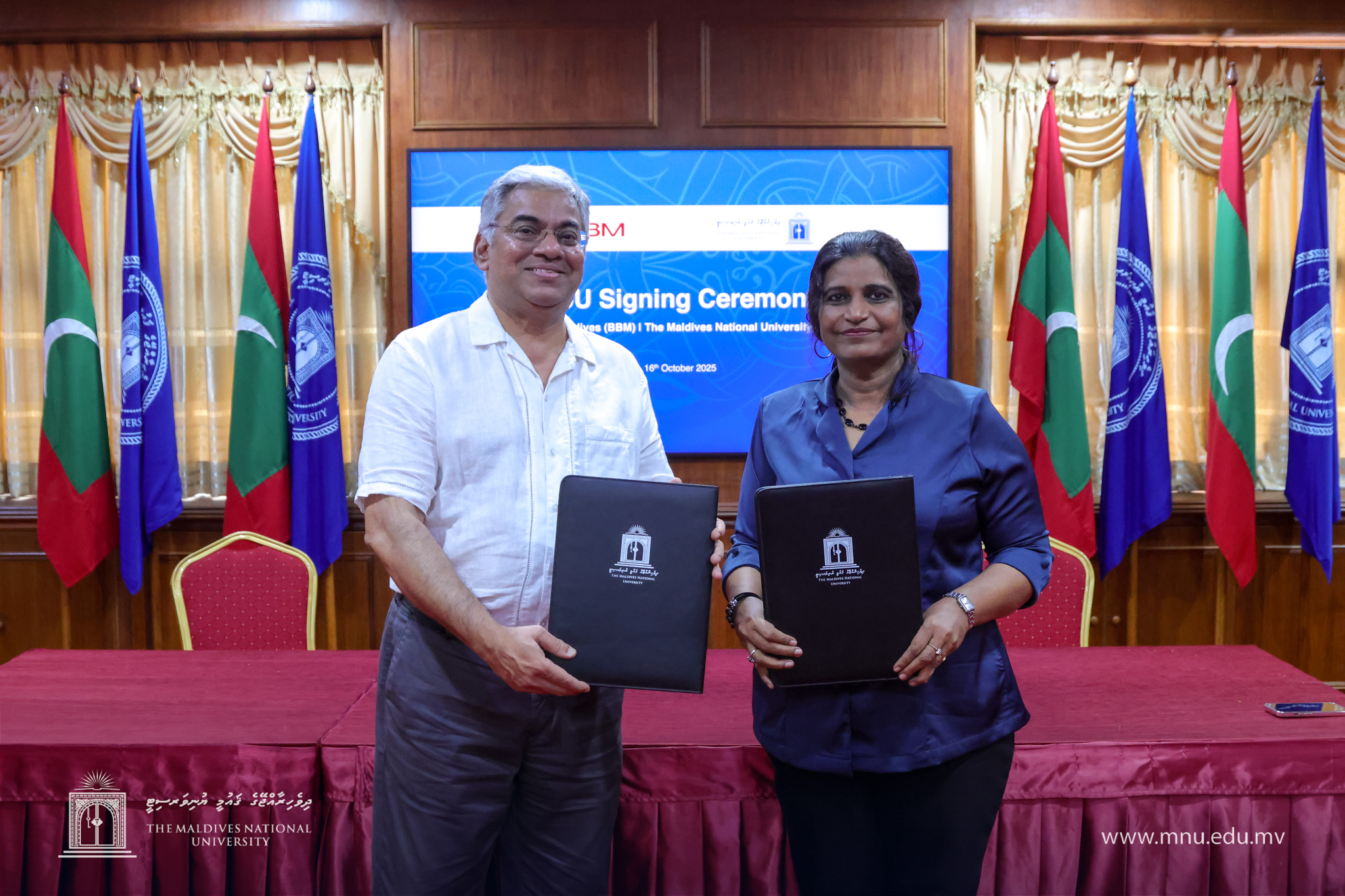
The Maldives National University – Faculty of Hospitality and Tourism Studies (MNU-FHTS) and Bestbuy Maldives (BBM) have officially signed a Memorandum of Understanding (MoU) to strengthen industry-academic collaboration and advance hospitality education in the Maldives.
The MoU was signed by Dr Aishath Shehenaz Adam, Vice Chancellor of MNU, and Ismail Hilmy, Chairman and Managing Director of BBM, during a ceremony attended by the university’s Chancellor Dr Mahmood Shaugee, senior management, and representatives from both organisations.
This partnership marks a significant milestone in developing a state-of-the-art Food and Beverage Practical Demonstration Kitchen at MNU-FHTS. BBM will support the upgrading of the existing Garde Manger kitchen and classrooms, contributing financially and materially to create a modern, industry-standard learning environment for future hospitality professionals.
Beyond infrastructure, the collaboration will extend to academic and training support, research and innovation in culinary arts, community engagement, and professional networking opportunities, ensuring that students gain practical, real-world experience aligned with industry expectations.
Highlighting the broader purpose of this partnership, BBM stated that, “This is a significant step in the direction of BBM’s vision involving hospitality industry outreach in the Maldives — because tomorrows start today. Initially, we will set up a world-class model kitchen that will be suitable for masterclasses and hands-on training for students; and also for product demonstrations, masterclasses, and interaction with groups of customers.”
Speaking at the ceremony, representatives from both institutions emphasised their shared vision to promote excellence in education, innovation, and human capital development in the Maldivian hospitality sector. This partnership underscores BBM’s continued commitment to supporting education and industry growth, and MNU-FHTS’s mission to bridge the gap between academia and industry — nurturing the next generation of hospitality leaders in the Maldives.
Local
MU Maniku, key architect of Maldives tourism industry, dies

Mohamed Umar Maniku (MU Maniku), a key figure in the establishment and growth of the Maldives tourism industry, has died in Singapore. He passed away on Saturday while in intensive care at Mount Elizabeth Hospital, where he had been receiving medical treatment for about a month.
In a statement issued on Saturday, Universal Enterprises announced:
“It is with deep sadness that we announce the passing of Mohamed Umar ‘M.U.’ Maniku on 30th August 2025 at 0630 hrs Singapore time in Mount Elizabeth Hospital, Singapore. As Chairman of Universal Enterprises, he will forever be remembered as a pioneer whose vision, loyalty and integrity were felt by generations of industry professionals, who will remember him with deep affection and respect. He had been an integral part of the inception and growth of the tourism industry in the Maldives. We remember a man whose legacy cannot be confined to a date or a place.”
“To those close to him, M.U. Maniku was a guiding light. He was the steady hand that led Universal Enterprises through decades of change, and a mentor for many. He is survived by his wife, children, grandchildren and extended family. The family wishes to express their sincere gratitude to all who have offered support and condolences during this difficult time.”
Maniku was part of the group that opened Kurumba Maldives in 1972, the country’s first resort, widely regarded as the starting point of the modern tourism industry in the Maldives.
As Chairman and a principal shareholder of Universal Enterprises/Universal Resorts, Maniku oversaw the development of a portfolio that has included properties such as Kurumba, Kuramathi, Baros, Velassaru, Kandolhu, Milaidhoo and Huvafen Fushi.
Beyond the Maldives, he also served as Chairman of Mahaweli Reach Hotels PLC in Sri Lanka from 2012, reflecting the group’s cross-border hospitality interests.
Maniku chaired the Maldives Association of Tourism Industry (MATI), which was formed in 1982 to represent resort owners and operators and to engage with government on policy and sector development. Under his leadership, MATI became a key platform for industry coordination and dialogue.
Contributions and legacy:
- Pioneering market entry (1972): Helped establish Kurumba and proved the commercial viability of resort tourism in the country.
- Resort development: Guided Universal’s expansion into multiple resort segments, supporting destination diversification and supply growth.
- Institution-building: Long-time chairmanship of MATI, fostering private-sector collaboration on standards, training and policy.
- Regional footprint: Leadership roles in hospitality ventures beyond the Maldives, including Mahaweli Reach Hotels.
Maniku had been hospitalised in Singapore for several weeks prior to his passing; local media had reported his transfer to intensive care at Mount Elizabeth Hospital.
-
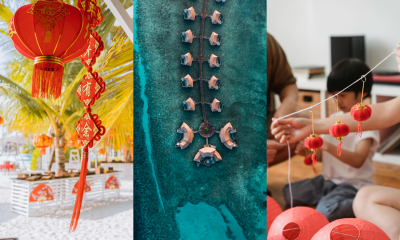
 Featured1 week ago
Featured1 week agoYear of the Horse celebrated with island-inspired festivities at InterContinental Maldives Maamunagau Resort
-
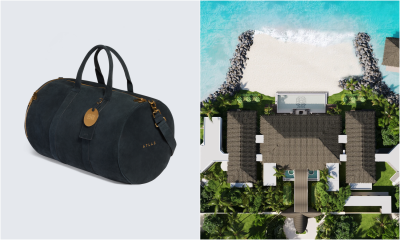
 News1 week ago
News1 week agoMaldives resort holidays included in Golden Globes gift bags
-
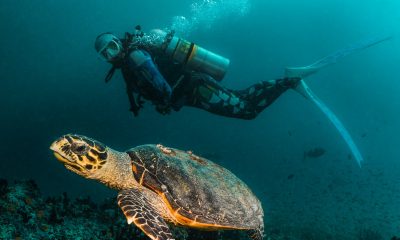
 Excursions1 week ago
Excursions1 week agoDiscover Raa Atoll: Ifuru Island Maldives adds new dive packages for 2026
-

 Featured1 week ago
Featured1 week agoSt. Regis Maldives Vommuli Resort sets stage for 2026 with influential Tastemaker residencies
-
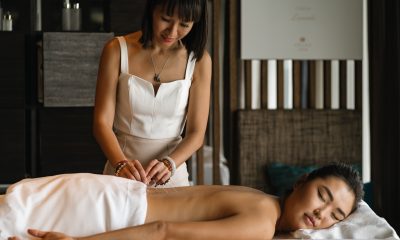
 Featured1 week ago
Featured1 week agoMilaidhoo Maldives introduces high-end wellness residency led by Dr Lim Xiang Jun
-
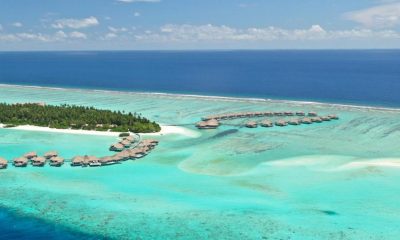
 News6 days ago
News6 days agoCOMO Maalifushi introduces new all-inclusive experience, Simply COMO
-

 Cooking6 days ago
Cooking6 days agoMeera Sodha to host plant-forward dining experience at Kurumba Maldives
-

 Featured1 week ago
Featured1 week agoNew era in reef conservation: Six Senses Kanuhura launches data-led Coral Census



